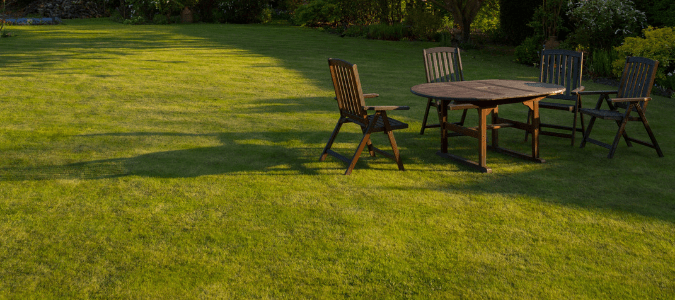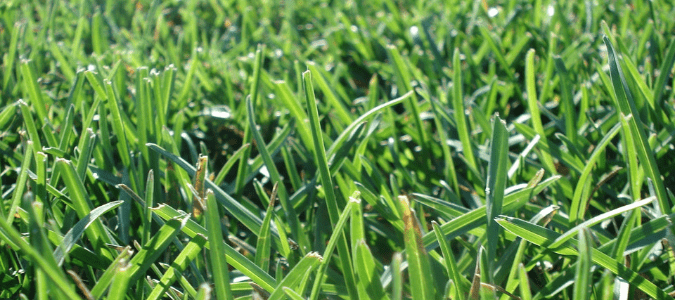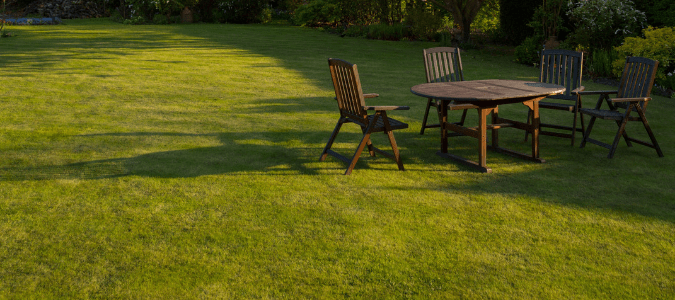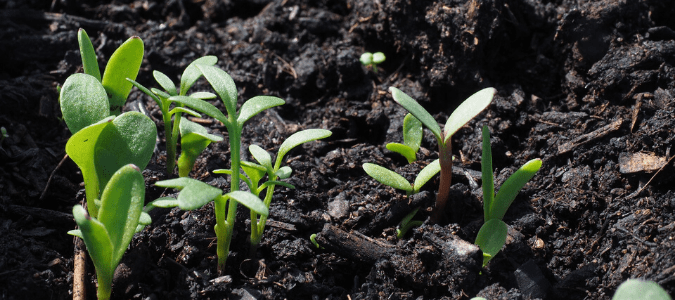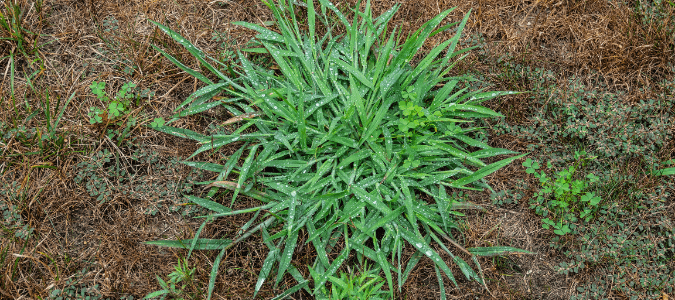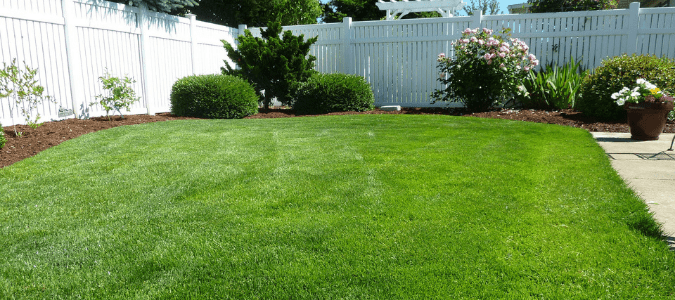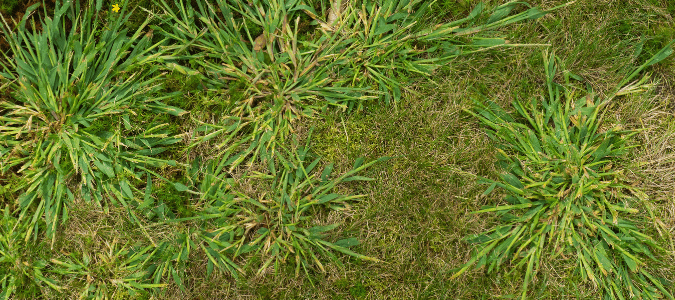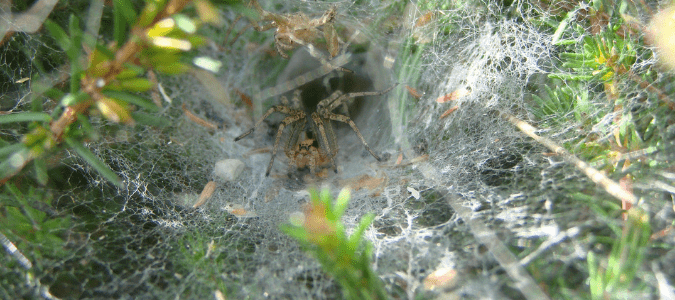Too Much Fertilizer Is Never a Good Thing
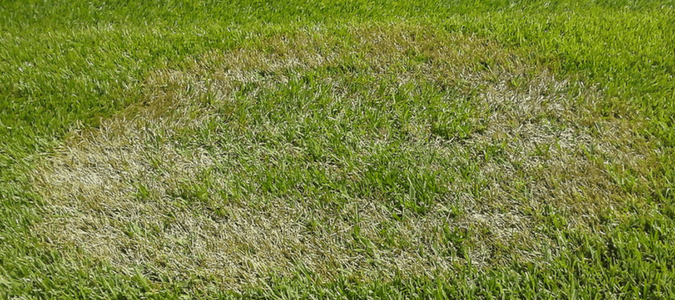
Adding fertilizer to your lawn gives it an extra boost, helping it stay healthy so it can establish a good root system. A solid root system protects the lawn from foot traffic, mowing and weather extremes. All plants—including the grass that makes up your lawn—use a lot of energy to not only establish roots but also to grow naturally. Fertilizer can help your lawn in all of these processes.
As with anything else, you can use too much fertilizer, so you should take steps to ensure you are applying the correct type and amount for your lawn’s needs. Fertilizer can be made of a number of things, from synthetic compounds to a variety of composted manures. When shopping for the right type, check the bag. It will have three numbers on the label, listed as # – # – #. Each number on the packaging represents the fertilizer’s percentage of three … Read Full Post »
